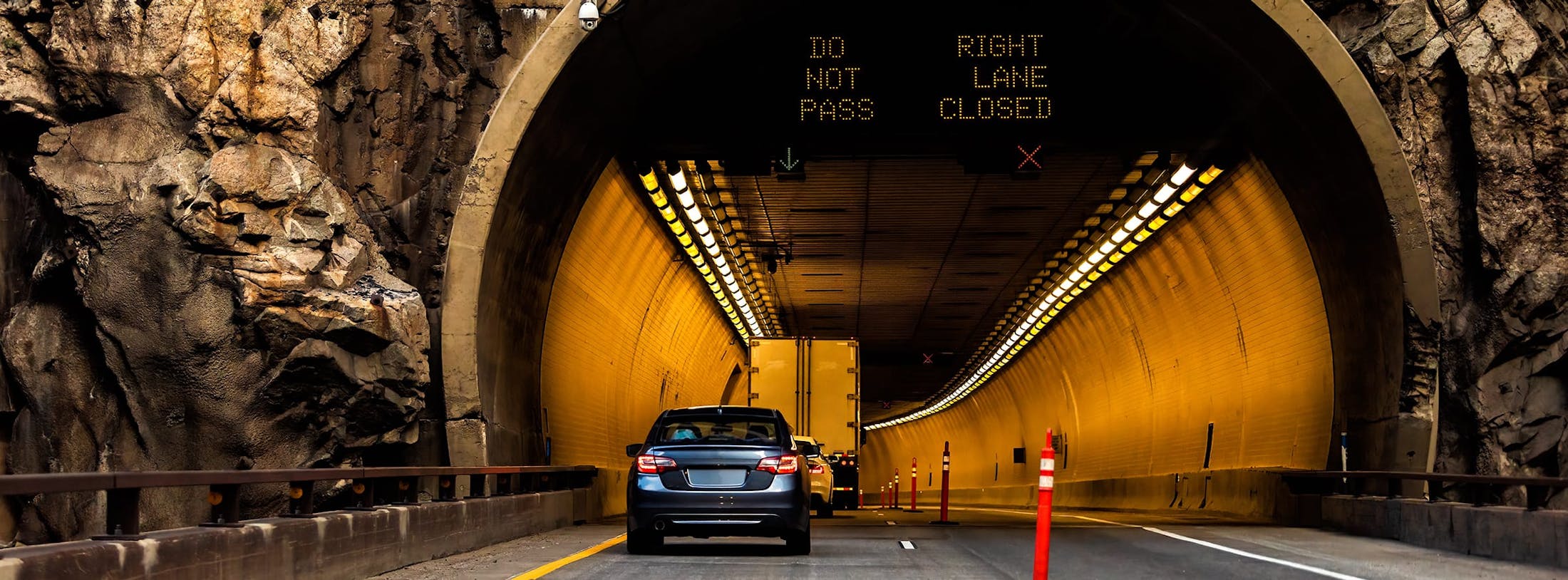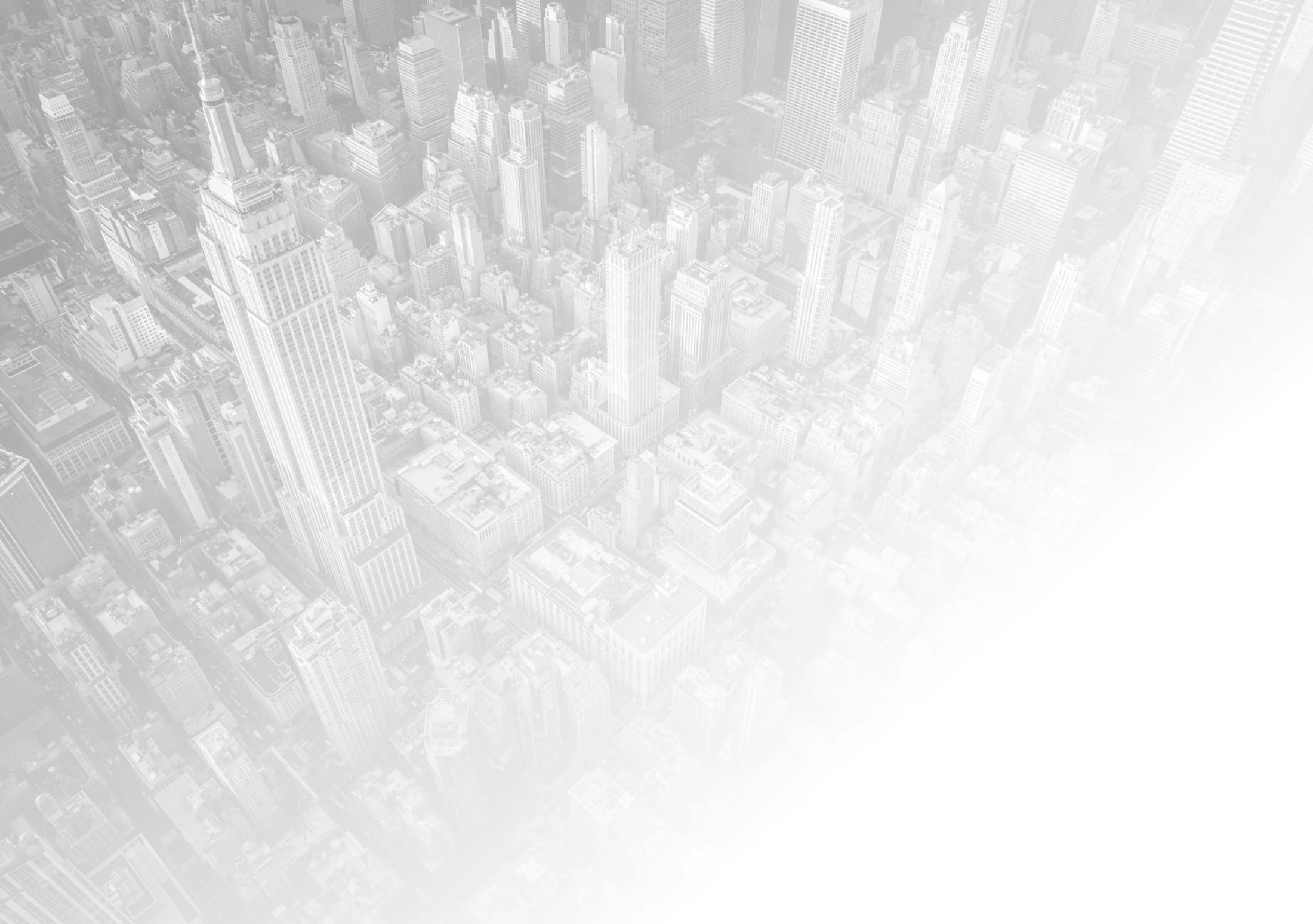His clients call Michael Lamonsoff “The Bull” because he never stops fighting for them. Thanks to “The Bull” and his team of top-rated litigators, The Law Offices of Michael S. Lamonsoff, PLLC., is consistently rated as one of the top personal injury law firms in New York City.
Tunnel Worker Accident Lawyer in New York City

Types of Tunnels in New York
New York is home to a vast network of tunnels that serve critical roles in transportation, infrastructure, and utility systems. Tunnel workers are tasked with the construction, expansion, and maintenance of various types of tunnels across the state:
Subway Tunnels
These are among the most common types of tunnels, forming the backbone of the Metropolitan Transportation Authority (MTA) subway system. Tunnel workers are responsible for maintaining structural integrity, drainage systems, and electrical lines within these densely trafficked routes.
Utility Tunnels
Designed to carry essential services such as water, steam, telecommunications, and electrical conduits, these tunnels typically exist below city streets and require specialized workers for installation and repair tasks.
Vehicular Tunnels
The Holland Tunnel, Lincoln Tunnel, and Queens-Midtown Tunnel are prime examples of vehicular tunnels that connect boroughs or link New York to neighboring states. Construction and maintenance inside these tunnels present unique hazards due to traffic proximity and ventilation limitations.
Rail Tunnels
Freight and passenger rail tunnels, including those used by Amtrak and LIRR, require regular inspections and repair work. Workers in these tunnels are usually exposed to confined spaces, dust, and noise.
Water Tunnels
Massive infrastructure projects such as the New York City Water Tunnel No. 3 exemplify the scale and complexity of water conveyance tunnels. These deep, pressurized environments pose serious risks including rockfalls and equipment malfunctions.
Causes of Tunnel Worker Accidents on NY Construction Sites
Tunnel construction is one of the most hazardous segments of the construction industry, involving complex geological conditions, confined spaces, high-powered machinery, and volatile environmental hazards. The following are among the most frequent and severe causes of accidents affecting tunnel workers on New York construction sites:
Cave-ins and Collapses
Tunnel walls and ceilings can give way due to unstable geological conditions, water infiltration, or the failure of temporary support systems. When shotcrete, steel ribs, or rock bolts are not installed correctly or in a timely manner, it increases the chance of sudden cave-ins that can trap or fatally injure workers beneath tons of earth or rock.
Toxic Fumes and Poor Ventilation
Tunnel environments concentrate hazardous substances such as carbon monoxide from diesel-powered equipment, methane from subsurface deposits, and silica dust generated during rock cutting. Without a robust ventilation system, workers may suffer respiratory distress, carbon monoxide poisoning, or silicosis over time.
Heavy Equipment Malfunctions
Tunnel Boring Machines (TBMs), conveyor belts, formwork systems, and heavy-lift cranes operate under high stress. A mechanical failure or operator error can result in crushing injuries, amputations, or fatalities, especially in confined tunnel settings where escape options are limited.
Falls and Trips
Falls are common due to scaffold use, uneven excavation surfaces, cluttered workspaces, or slippery conditions caused by water ingress or slurry. Lack of fall protection or proper lighting only exacerbates these risks.
Electrocution
Electric shock hazards are elevated when tunneling in areas with dense utility networks. Exposure to energized conductors, especially in wet environments, can lead to serious injuries or death.
Flooding and Water Ingress
A miscalculated bore path, failure of seals, or water table issues may lead to sudden tunnel flooding, jeopardizing the safety of the crew within seconds.
Fires and Explosions
Confined tunnel spaces increase the risk of combustion. A spark from welding equipment or a short circuit can ignite flammable gases, resulting in devastating explosions or fires.

Types of Catastrophic Injuries in Tunnel Accidents for NY Construction Workers
Tunnel worker accidents may result in devastating injuries due to the extreme environment and the intensity of construction activities:
- Spinal Cord Injuries: Caused by falls, equipment impacts, or debris, these injuries may result in partial or full paralysis, severely limiting mobility and earning capacity.
- Traumatic Brain Injuries (TBIs): Falling objects, collapse incidents, or violent impacts can lead to TBIs with lifelong cognitive, emotional, and physical consequences.
- Crush Injuries and Amputations: Machinery malfunctions or collapses may cause limb amputations or severe crush injuries requiring multiple surgeries and prosthetics.
- Respiratory Disorders: Prolonged exposure to dust, especially silica, can result in chronic obstructive pulmonary disease (COPD), silicosis, or lung cancer.
- Severe Burns: Fires or explosions inside a tunnel can cause life-altering burn injuries that require skin grafts and lead to permanent disfigurement.
- Hearing Loss: Constant exposure to high-decibel drilling and equipment use can result in noise-induced hearing loss, even with hearing protection.
OSHA Regulations to Prevent Tunnel Accidents and Injuries for Construction Workers in New York
The Occupational Safety and Health Administration (OSHA) has enacted specific regulations under Subpart S of 29 CFR 1926 to address underground construction hazards:
- Atmospheric Monitoring: Employers must regularly test air quality to ensure proper oxygen levels and detect hazardous gases.
- Ventilation Requirements: Mechanical ventilation systems must be in place to continuously supply fresh air and remove toxic or explosive gases.
- Ground Support Systems: Protective systems like shields, shoring, and bracing must be installed and maintained to prevent collapses.
- Emergency Protocols: Employers must implement evacuation plans, provide self-rescue breathing apparatuses, and conduct regular drills.
- Lighting and Signage: Adequate illumination and clearly marked exits are required in all tunnel zones.
- Training Requirements: Workers must be trained on confined space entry, hazard recognition, and use of personal protective equipment (PPE).
- Noise and Hearing Protection: OSHA mandates hearing conservation programs where noise levels exceed permissible exposure limits.

Potential Liable Parties in Tunnel Worker Accidents on New York Construction Sites
Determining liability in tunnel worker accidents can be complex due to the layered structure of construction projects:
- General Contractors: These entities are responsible for overall site safety and ensuring compliance with OSHA standards.
- Subcontractors: If a subcontractor fails to follow safety protocols or uses faulty equipment, they can be held liable.
- Property Owners: Under New York Labor Law §240 and §241, property owners (excluding one- or two-family homeowners not directing work) may be held strictly liable for unsafe working conditions.
- Equipment Manufacturers: If a TBM or another piece of heavy machinery fails due to a design or manufacturing defect, a product liability claim may be filed.
- Engineers and Architects: Design professionals who negligently approve unsafe plans or fail to account for geological risks may share liability.
Steps to Take After Your Tunnel Construction Accident and Injury as a New York Worker
Taking immediate and strategic action after a tunnel accident is essential to protect your health and legal rights:
- Seek Immediate Medical Attention: Prompt treatment ensures your injuries are documented and reduces the risk of complications.
- Report the Incident: Notify your supervisor or site safety officer in writing as soon as possible.
- Document the Scene: If you are able, take photographs of the accident site, equipment involved, and your injuries.
- Obtain Witness Statements: Gather names and contact details of any coworkers who witnessed the accident.
- File a Workers’ Compensation Claim: This provides coverage for medical expenses and partial wage replacement regardless of fault.
- Consult a Construction Accident Attorney: An experienced lawyer can determine whether you have a third-party claim in addition to workers' compensation.
Statute of Limitations for Respiratory Illness and Silicosis Claims for Tunnel Construction Workers in NY
Unlike sudden traumatic injuries, respiratory illnesses such as silicosis develop gradually. In New York, specific legal rules govern these latent injury cases:
Discovery Rule:
The statute of limitations generally begins when the worker first becomes aware, or should reasonably have become aware, of the illness and its relation to their tunnel work.
Personal Injury Statute of Limitations:
Workers typically have three years from the date of discovery to file a personal injury lawsuit against third parties.
Workers’ Compensation Deadline:
Claims must be filed within two years of the date of disablement or when the worker knew or should have known that the illness was work-related.
Occupational Disease Benefits:
Silicosis may qualify under New York’s workers' compensation system as an occupational disease, allowing workers to receive medical treatment and wage benefits.
Wrongful Death Claims:
If a tunnel worker dies due to silicosis or a related respiratory illness, surviving family members have two years from the date of death to file a wrongful death claim.

Frequently Asked Questions
Are tunnel workers eligible for compensation beyond workers’ compensation in New York?
Yes. While workers’ compensation provides basic coverage for medical expenses and partial wage replacement, injured tunnel workers may also be entitled to pursue a third-party personal injury claim. If your injury was caused by a negligent subcontractor, equipment manufacturer, engineering firm, or even a utility company operating in the tunnel, you may sue for pain and suffering, full lost earnings, loss of consortium, and more.
Does New York Labor Law protect tunnel workers the same way it protects workers on elevated surfaces?
No. Labor Law §240 (the “Scaffold Law”) primarily applies to elevation-related risks, but tunnel workers may still be protected under Labor Law §241(6), which incorporates the New York State Industrial Code. This section mandates that contractors, owners, and their agents comply with safety protocols related to tunnel construction, including ventilation, lighting, shoring, and hazardous materials.
What makes tunnel accident claims legally complex in New York?
Tunnel construction is governed by an intricate web of local, state, and federal regulations, including OSHA’s Subpart S for underground construction. Jurisdictional overlaps, multiple contractors, union rules, and unique environmental hazards like confined spaces or noxious gases make liability disputes far more technical and document-heavy than surface-level construction claims.
Is silicosis or lung disease from tunnel dust grounds for a claim even if symptoms appear years later?
Yes. Occupational diseases like silicosis, COPD, or other respiratory conditions caused by prolonged exposure to silica dust, concrete particulates, or chemical fumes in tunnels are generally compensable. While workers’ compensation may apply, a latent injury may also allow for a third-party toxic tort claim against equipment makers, ventilation subcontractors, or negligent safety engineers.
Can family members sue for wrongful death after a fatal tunnel accident?
Yes. Under New York Estates, Powers & Trusts Law §5-4.1, eligible family members of a deceased worker may pursue a wrongful death lawsuit if the death was due to negligence. This is in addition to any workers’ compensation death benefits. Damages may include loss of financial support, funeral costs, and loss of parental guidance or spousal companionship.
Get Our Battle-Tested NYC Construction Accident Attorney on Your Side
If you have been injured in a stairway accident on a New York construction site, you need an attorney that won’t back down against pressure. Michael S. Lamonsoff, known as “The Bull,” brings tenacity and courtroom dominance to every case. With numerous million and multi-million dollar verdicts to his name, his firm is among the most respected and feared in New York.
Whether your case is large or small, you will receive high-powered advocacy aimed at recovering maximum compensation for you. Reach out to The Law Offices of Michael S. Lamonsoff, PLLC today.

